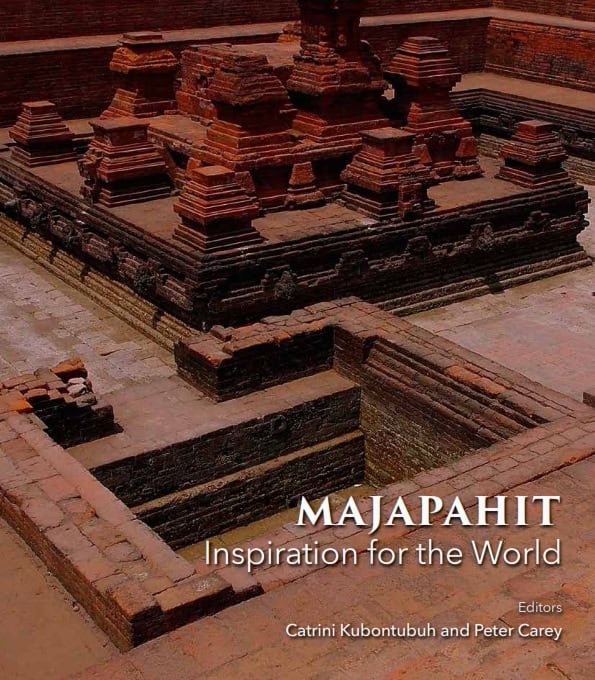“2014 marks an important moment in modern Indonesian history with the recent change in the country’s leadership. The year also commemorates the 721st anniversary of the foundation of the East Javanese empire of Majapahit by Raden Wijaya in 1293. Famed throughout the region for the glory of its civilization, Majapahit was able to unite the archipelago under its sovereign aegis for the best part of two centuries. Today, the wonder that was Majapahit in its fourteenth-century heyday continues to inspire us to strengthen our country’s unity, and to honour its remarkable cultural and natural diversity for the benefit of future Indonesian generations. The networks of friendship and regional cooperation developed by Majapahit from the late thirteenth century have shown us how to build mutually supportive international relationships amidst the challenges and complexities of present-day international politics. The dynamic interplay of culture, religion and humanity, which shaped the Majapahit of Empu Prapañca’s Nāgarakěrtāgama (1365),
continues today under different guises to determine the identity of the world’s nations.
The important role played by the Majapahit empire in international politics from the fourteenth century provides us with a model of how to manage our own international diplomacy in the global age. The bedrock of such diplomatic relations can be found in the social, cultural, economic, and political realms. Not only are they the basis for Indonesia’s present-day inter-state relations, but they are also the sinews for the strong relationship which bind the peoples of the archipelago in a dynamic whole. (Hashim Djojohadikusumo, page i ). The present volume illustrates these powerful associations linked to the name Majapahit through three chapters which explore in turn Majapahit’s relations with the world (Miksic, Chapter 1), the ways in which rituals currently practised in Bali reflect Majapahit precedent (Made Wijaya, Chapter 2), and the dynamic and fluid nature of the Majapahit polity as illustrated in the Panji Stories and Rakwi Prapañca’s Nagarakertagama panegyric to the glory of the kingdom at its fourteenth century height (1365) (Vickers, Chapter 3). These all celebrate the wonder that was Majapahit as a pre-colonial state. Unfortunately, there is also a darker side to this inspirational legacy. This has to do with the reality of the present-day remains of the vanished court-city. – Peter Carey, page 2”


